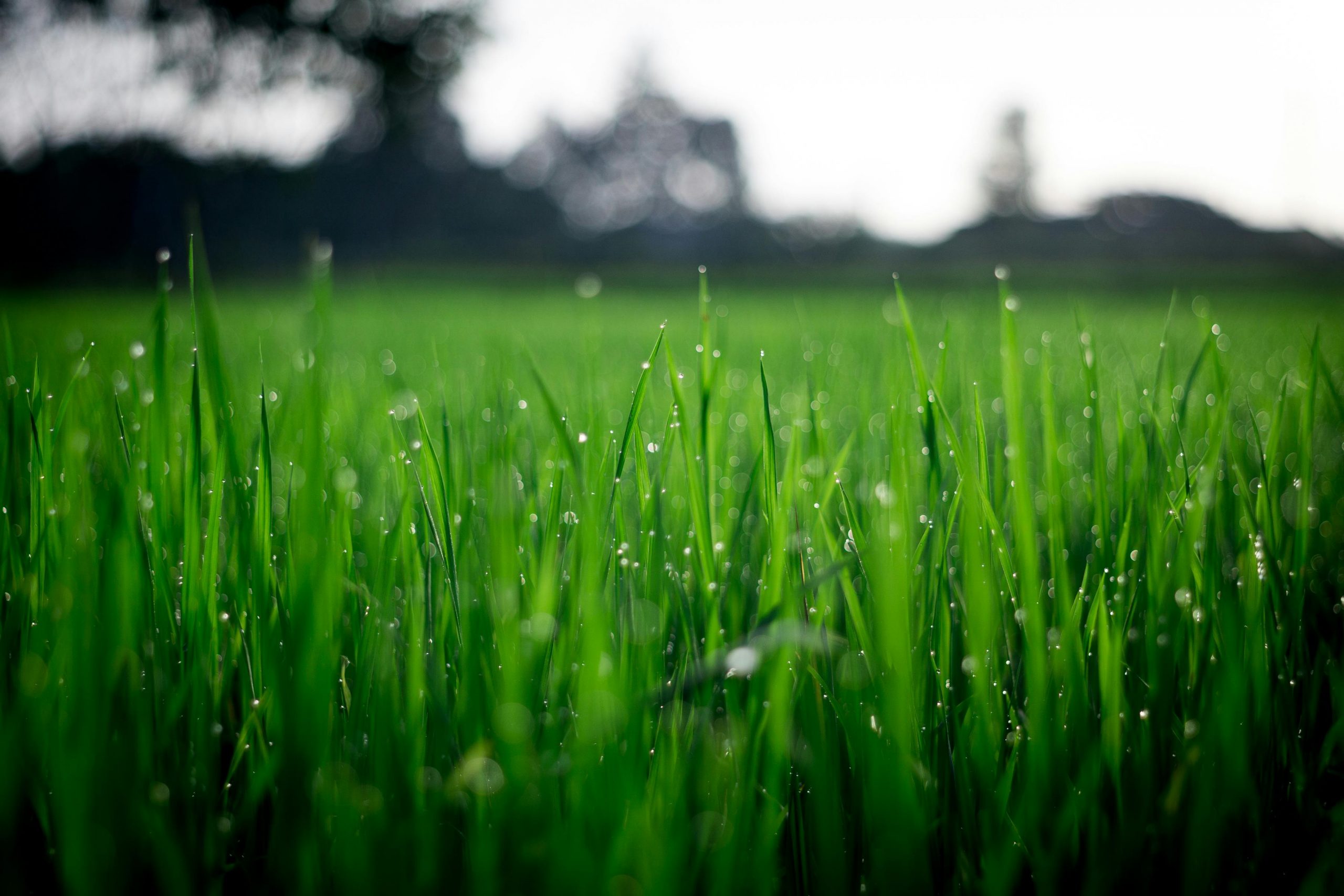The Grass Debate: Natural vs Artificial
In the world of landscaping, few debates spark as much passion as the one between natural grass and artificial turf. Each option has its staunch advocates, with arguments ranging from environmental impact to aesthetics and maintenance. Let’s dive into the lush green world of grass and explore the nuances of both natural and artificial varieties.
The Beauty of Natural Grass
Natural grass has an undeniable charm. Its vibrant green hues, soft texture underfoot, and the fresh scent after a rainfall evoke a sense of tranquility and connection to nature. For many, the allure of natural grass lies in its authenticity and ability to enhance outdoor spaces with its organic beauty.
Environmental Benefits
One of the most compelling arguments in favor of natural grass is its environmental benefits. Grass helps to mitigate the urban heat island effect by absorbing heat and releasing oxygen, thereby cooling the surrounding area. Additionally, natural grass acts as a natural filter, trapping pollutants and preventing soil erosion. Its root systems also promote water infiltration, reducing runoff and preventing flooding.
Wellness and Biodiversity
Beyond its ecological advantages, natural grass contributes to human well-being and biodiversity. It provides a habitat for insects, birds, and small mammals, fostering biodiversity in urban and suburban landscapes. Moreover, spending time on natural grass has been linked to stress reduction and improved mental health, as it offers a soothing and rejuvenating outdoor experience.
Maintenance Considerations
While natural grass offers numerous benefits, it requires regular maintenance to thrive. This includes mowing, watering, fertilizing, and pest control. Additionally, natural grass may be susceptible to diseases, weeds, and weather-related damage, necessitating ongoing care and attention.
The Rise of Artificial Grass
In recent years, artificial grass has gained popularity as a low-maintenance alternative to natural turf. Made from synthetic materials such as polyethylene or polypropylene, artificial grass offers a lush, green appearance year-round without the need for watering, mowing, or fertilizing.
Sustainability and Water Conservation
Proponents of artificial grass highlight its sustainability and water conservation benefits. Unlike natural grass, artificial turf does not require irrigation, making it an attractive option in regions facing water scarcity or drought conditions. By eliminating the need for watering, artificial grass helps conserve water resources and reduce overall water usage.
Durability and Longevity
Artificial grass is known for its durability and longevity. Unlike natural grass, which can become worn and patchy over time, synthetic turf maintains its pristine appearance with minimal maintenance. It can withstand heavy foot traffic, harsh weather conditions, and prolonged sun exposure, making it an ideal choice for high-traffic areas such as sports fields and playgrounds.
Low Maintenance
One of the primary appeals of artificial grass is its low maintenance requirements. Once installed, artificial turf requires minimal upkeep, such as occasional brushing to maintain its aesthetic appeal. Unlike natural grass, there is no need for mowing, watering, or applying pesticides, saving both time and resources in the long run.
Making the Choice
The decision between natural grass and artificial turf ultimately depends on various factors, including personal preferences, environmental considerations, and practical constraints. While natural grass offers unmatched beauty and ecological benefits, it requires ongoing maintenance and resources to thrive. On the other hand, artificial grass provides a low-maintenance alternative with year-round greenery and water savings but lacks the authenticity and environmental advantages of natural turf.
In conclusion, both natural and artificial grass have their merits and drawbacks. Whether you opt for the lush beauty of natural turf or the convenience of artificial grass, the key is to choose the option that best aligns with your needs, values, and environmental priorities. After all, in the grass debate, there’s no one-size-fits-all solution—just different shades of green to suit every landscape.

